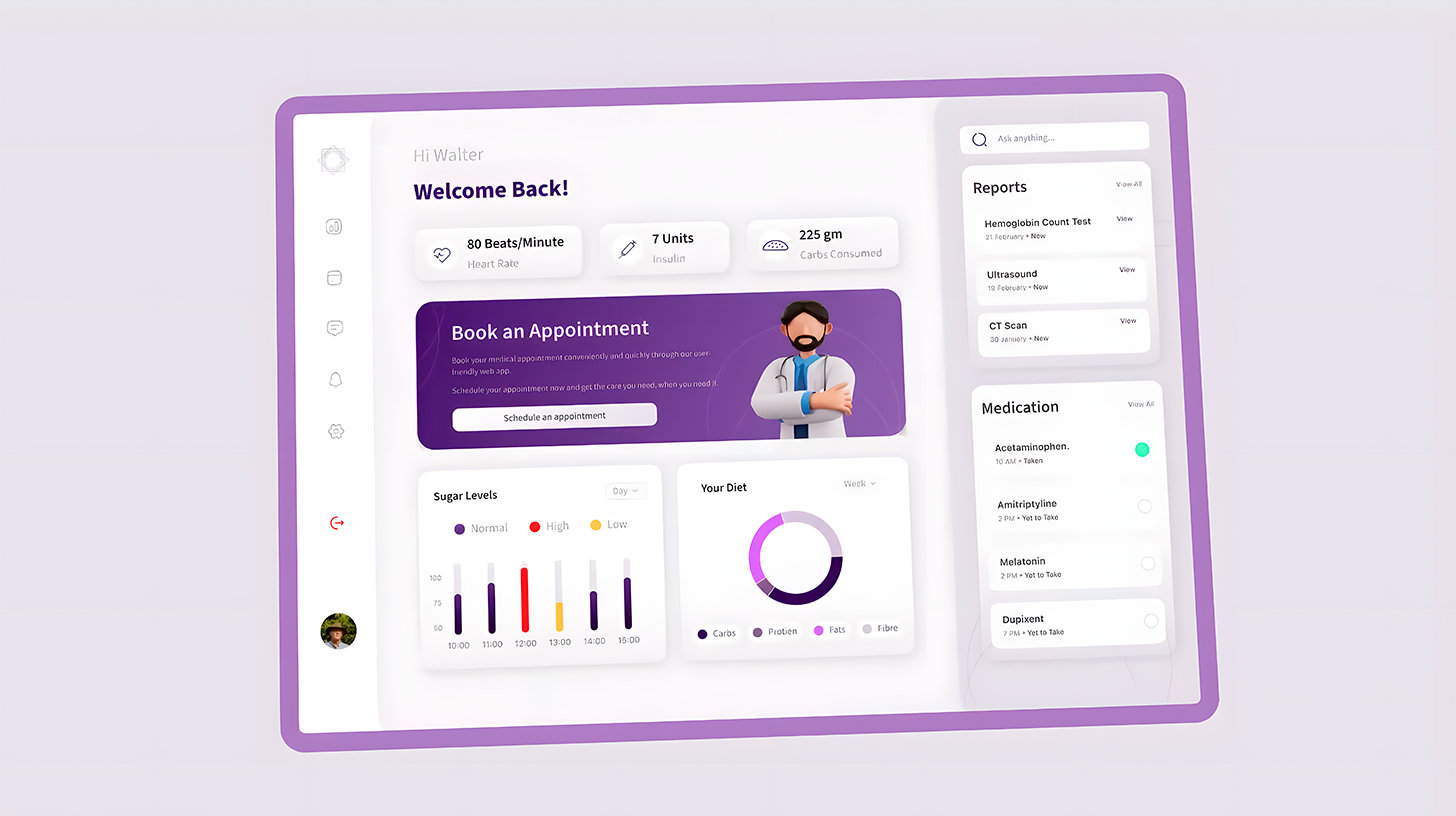The advent of technology in healthcare has seen the rise of telemedicine, enabling remote patient monitoring, virtual appointments, and improved patient care. Telemedicine app development solutions are critical in facilitating these services. Here are some of the most essential solutions.
Video Consultation
One of the key features of a telemedicine app is the ability to conduct video consultations. This allows providers to interact with patients in real-time, thus providing immediate care. The video consultation feature should be high-quality, secure, and easy to use. It should also allow for screen sharing for better communication.
Appointment Scheduling
An effective telemedicine app should enable patients to easily book, change, or cancel appointments. It should also notify the doctor and the patient about upcoming appointments to ensure every session is attended. A user-friendly interface that displays available time slots and doctors can enhance the scheduling process. This is a must-consider for any telehealth app development company.
Secure Messaging
Secure messaging lets patients communicate with their healthcare providers about non-urgent issues. The messaging platform should be safe and HIPAA-compliant to protect patient information. It should also support sending images, documents, and other attachments.
Electronic Medical Records (EMR)
Telemedicine apps should have an integrated EMR system that stores patient information, including previous diagnoses, prescriptions, allergies, and medical history. This helps doctors to access necessary information during a consultation easily.

Prescription Management
This feature allows healthcare providers to send electronic prescriptions to the patient’s preferred pharmacy. It should also enable doctors to track medication adherence and remind patients to refill their prescriptions.
Payment Gateway
A telemedicine app should provide patients with a secure and convenient way to pay for the services. The payment gateway should support various payment methods, including credit, debit cards, and digital wallets.
Multi-Language Support
A telemedicine app should support multiple languages to cater to a global audience. This will help overcome language barriers and ensure effective communication between doctors and patients.
Geolocation
The geolocation feature can help patients find the nearest pharmacy or healthcare center. It can also be useful in emergencies to locate the patient.
Integration with Wearable Devices
Integration with wearable devices like smartwatches and fitness bands can help doctors monitor patients’ health metrics in real-time.
In conclusion, developing a telemedicine app requires a thoughtful approach to ensure it meets the needs of both healthcare providers and patients. The above solutions are essential in creating an effective and efficient telemedicine app that improves healthcare delivery and patient experience.
